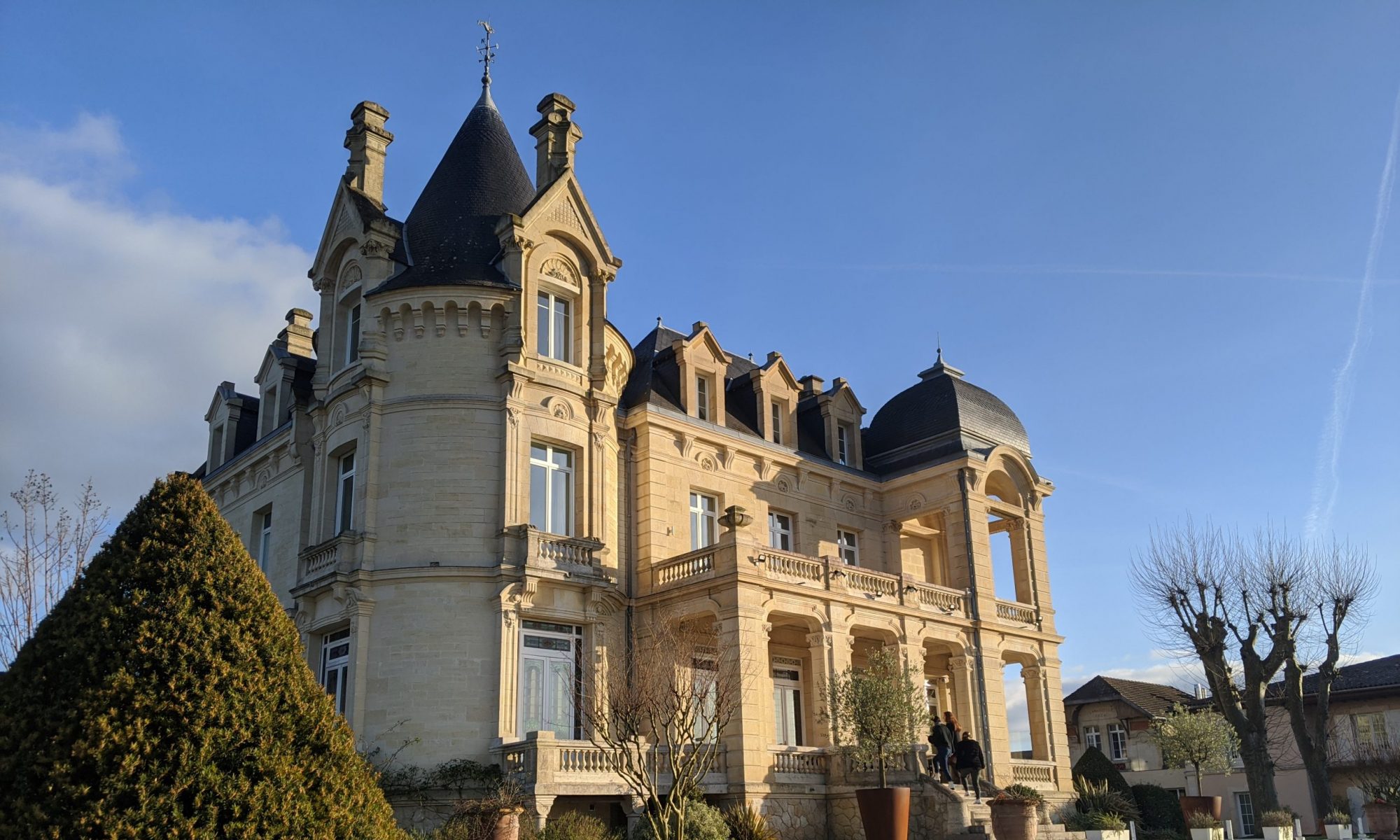I’m making lists of unfamiliar words as I read George Simenon’s Pietr-le-Letton. Here’s my list for Chapter 6 (Au Roi de Sicile), with links to the search result page on Linguee and word frequencies from the Google NGram Viewer.
In this chapter, Maigret follows up a lead in a run down building in the Jewish quarter of town, near rue de Rosiers in le Marais. Simenon explicitly calls this place «le ghetto de Paris». He interviews the building manager, a not-very-cooperative Jew. The vocabulary has a lot of words about ragged, crowded, noisy, dilapidated, damp and dirty conditions.
28 unfamiliar words in 7 1/2 pages is getting up there, but still less than 1 in 5, which is the cutoff for a “just right book”.
| expression (root) | frequency |
|---|---|
| bondé | 1 in 742,000 |
| détrempé | 1 in 2,040,000 |
| patauger | 1 in 1,220,000 |
| ballotté | 1 in 834,000 |
| pain azyme | 1 in 10,200,000 |
| grouillante | 1 in 1,330,000 |
| grouillement | 1 in 3,190,000 |
| faïence | 1 in 677,000 |
| étayer | 1 in 2,360 |
| boyau | 1 in 912,000 |
| calotte | 1 in 971,000 |
| crasseux | 1 in 1,330,000 |
| empâtée | 1 in 3,710,000 |
| peignoir | 1 in 1,500,000 |
| entrouvrir | 1 in 382,000 |
| esclandre | 1 in 3,310,000 |
| ameuter | 1 in 1,470,000 |
| grommeler | 1 in 942,000 |
| parois | 1 in 69,100 |
| crayeux | 1 in 3,880,000 |
| sournois | 1 in 482,000 |
| effaré | 1 in 712,000 |
| loqueteux | 1 in 6,740,000 |
| verdâtre | 1 in 923,000 |
| clapoter | 1 in 5,110,000 |
| vol à l’esbroufe | None |
| en faction | 1 in 2,420,000 |
| pestant | 1 in 102,000 |
| ronfler | 1 in 983,000 |
The frequency numbers are from the French Google Books corpus, specifically books published in 2007. They count how many words of such books you would have to read on average before coming upon the given word in any of its inflected forms. As you can see, a lot of these are fairly literary or old-fashioned words – the Pietr-le-Letton was written in 1931, after all.
There’s a few glitches in this analysis. The word étayer (meaning “to support”), is not so common you’d see it once in 2,360 words. Rather, Google NGram Viewer is conflating the 3rd person plural imparfait of the verb être (ils étaient) with the 3rd person plural present of the verb étayer (ils étaient). Same spelling, very different frequency. So take the frequency estimates with a grain of salt


